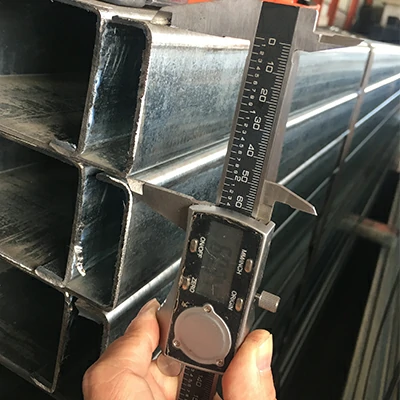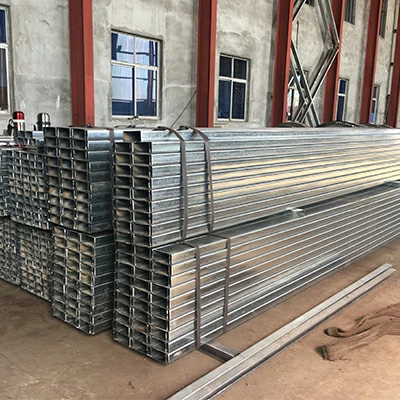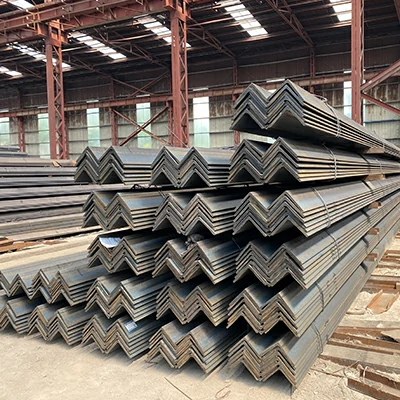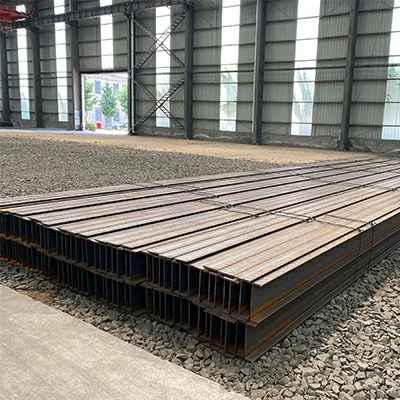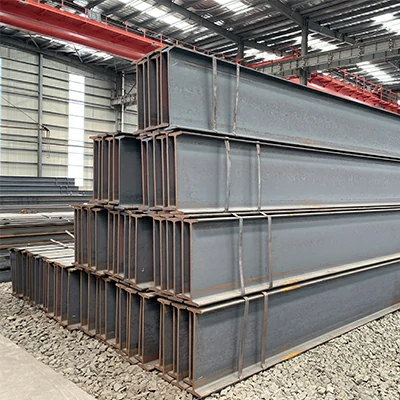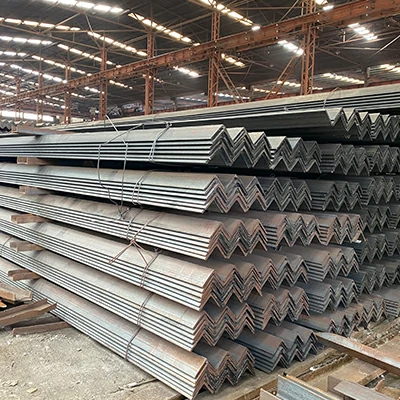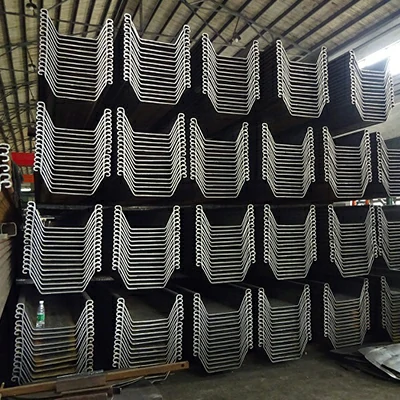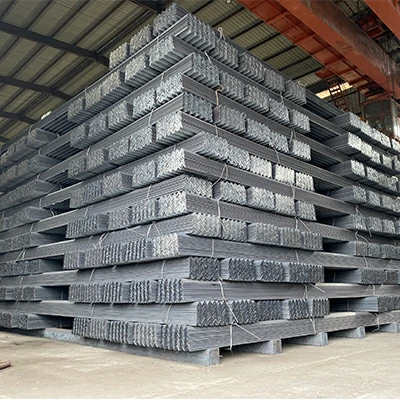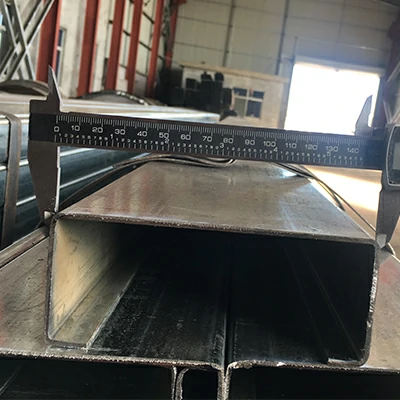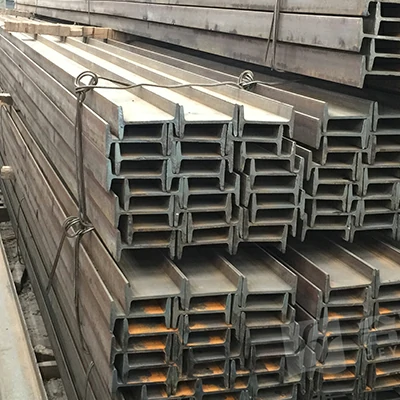I beam
TOPREGAL , an efficientI beam manufacturer and supplier and prides itself on offering a wide range of top-of-the-line I beam products at competitive wholesale prices. We play a vital role in large infrastructure projects, as well as in the components of equipment, demonstrating extremely high suitability and durability.
Mechanical Properties Between S235 And S355
S355 and S235 are excellent steel materials that we use for producing quality steel beam I shape in bulk. So, why both of materials could be accpeted by customers domestic and abroad? TOPREGAL will explain below:
- Yield Strength - S355 generally has the highest minimum yield strength of 355 MPA, followed by S235 grades which range from 235-315 MPa depending on variant.
- Impact Strength - Charpy V-Notch tests measure material's ability to absorb energy suddenly without breaking. There is the result as S235 grades possess 10-35 J impact strength at 0°C compared to 27 J minimum for S355.
- Tensile Strength - Depending on steel-making process, S355 can have tensile strength up to 500 MPA whereas S235 grades vary between 400-480 MPA.
Showing the single result
TOPREGAL as exporting department of SANLI factory, has done the business for foreign trade of steel over 3 decades. Meanwhile, we have owned ISO9001:2008, SGS, BV to ensure our products with quality assurances.In addition to direct sales, we excel in providing robust OEM capabilities for customers interested in private labeling. Whether you require standard or customized production, our dedicated sales representatives are here to craft the right solutions through supportive partnerships.Certainly, another proud matter from us should be that our steel products like I beam, angle bars and H beams widely sold in 20 countries and regions in Europe, South America, Australia, Middle East and Southeast Asia.
Quality Materials For TOPREGAL I Beam Products
Carbon steel and its properties/composition that make it suitable for structural applications like I-beams. Carbon steel is a steel alloy with low carbon content (<2.0%) that provides good strength and ductility. Well, As leading steel I beam manufacturer and supplier, TOPREGAL introduce our typical carbon steel grades used for structural I-beams include as below:
- Q235 – This grade has a minimum yield strength of 235MPa. The chemical composition is concentrated around 0.14-0.19% carbon, 0.30-0.60% manganese, and max 0.40% silicon.
- S235JR/JO/J2 – An upgraded version of Q235, with yield strengths between 235-315 MPa depending on the variant. JR indicates structural parts, JO for welded structures, J2 for general use. They contain 0.14-0.24% carbon and 0.40-0.80% manganese.
- S355JR/JO/J2 – The highest strength grade, with minimum yield stress of 355MPa. The chemical makeup is 0.16-0.24% carbon, 1.15-1.60% manganese, and 0.40-0.80% silicon. Used for heavy duty structures that demand more rigidity.
TOPREGAL I Beam With Its Excellent Structural Advantages
- An I-beam, also called a wheb or rolled steel joist, gets its name from its cross-sectional shape which resembles the capital letter “I”. The main components of an I-beam are the web and two flanges. Proudly said, this shape of cross-sectional provides unique structural advantages over other uniform cross-sections.
- Web – This is the central vertical component of the I-beam that connects the two flanges. Moreover, the web of I beam is usually thinner than the flanges. This is becuase that it may reduce weight while still providing good shear resistance.
- Flanges – These are the two extended edges protruding horizontally on either side of the web. They are wider and thicker than the web. So, it is better to provide compression and tension strength.
- Lips/Returns – Some I-beams have small extensions or “returns” at the edges of the flanges. So that, it wraps around the outer edges of the web on both sides.
TOPREGAL I Steel Beam Produced To Various Size
As reputed steel beam factory in China, TOPREGAL offers wide range of sizes of steel i beams as reference below:
Web Width (100mm to 630mm):
- Narrower beams around 100mm to 300mm for smaller loads/spans like walls, fences, minor structures.
- Medium range about 300mm to 450mm for general industrial, building uses. Can support multiple floor levels.
- Wider 600mm+ for heaviest loads like large machinery foundations, multi-story buildings, bridges etc.
Web Thickness (4.5mm to 17mm):
- Thinner webs from 4.5mm till 8mm for narrower, lighter beams. Provides adequate shear strength.
- Common 8-12mm range for general purpose I-beams.
- Thicker 12-17mm webs for very wide, back-to-back composite beams or special ultra-heavy duty needs.
Flange Thickness (68mm to 180mm):
- Thinner 68-100mm flanges for smaller, lighter structural sections.
- Most standard beams have flange thickness 100-150mm. Good balance of load capacity, weight, cost.
- Extra thick 160-180mm flanges allow for immense load bearing ability even in large sections. Used in mega projects.

